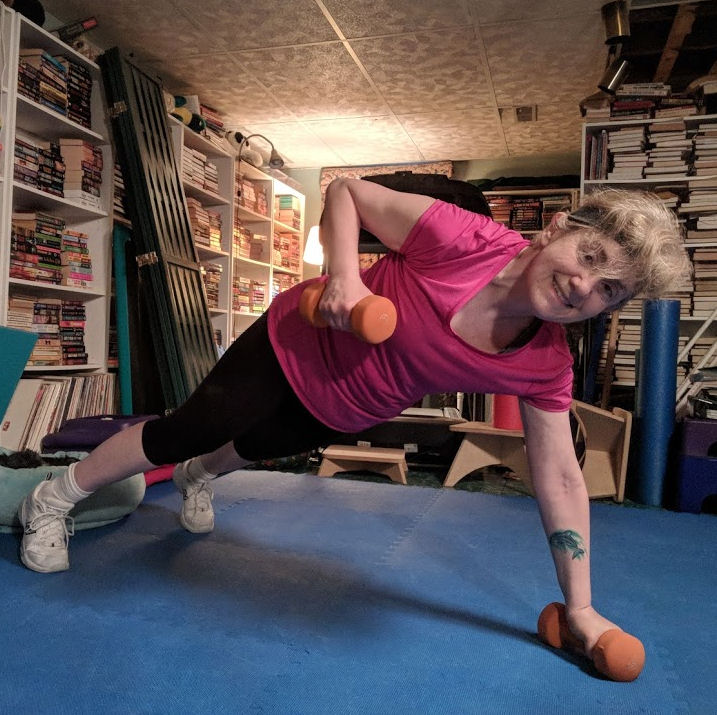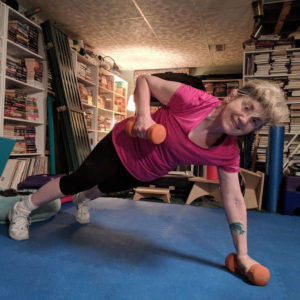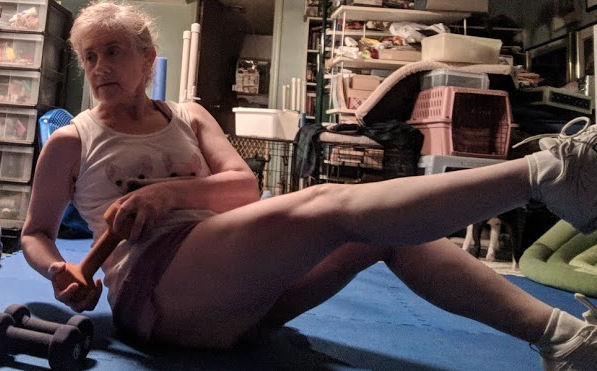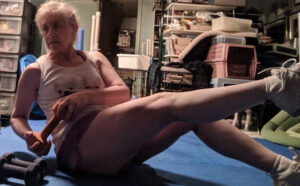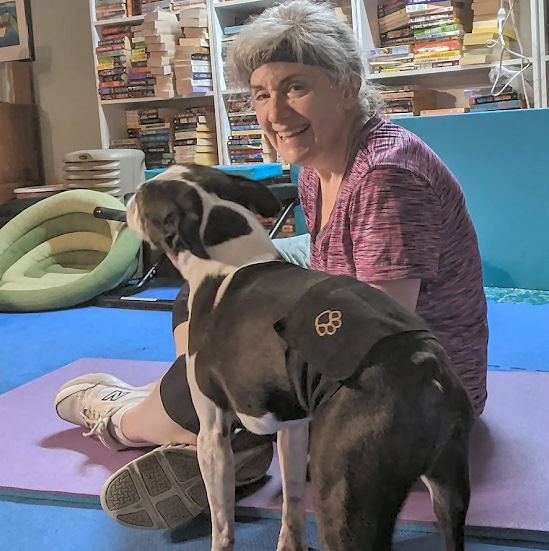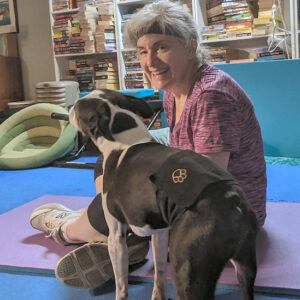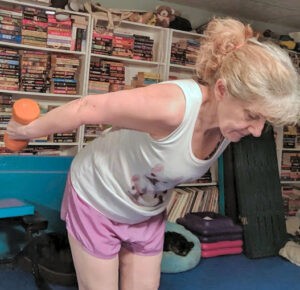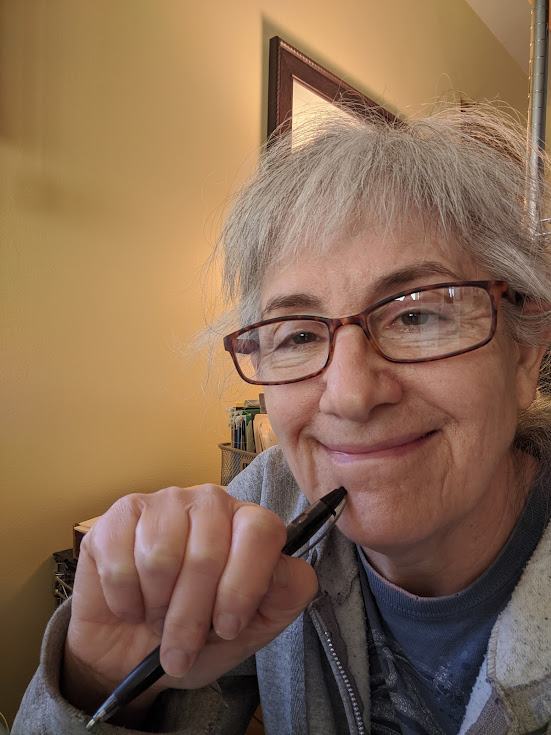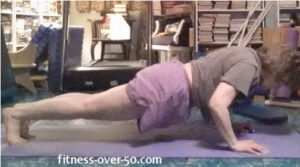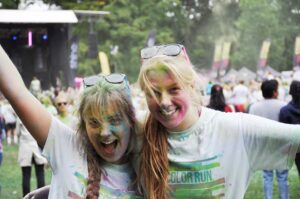What can you get done in 15 minutes? A whole lot, as it turns out. My sister and I cleaned out 3 generations of stuff from our house in 15 minutes. Not all at once, but in 15 minute chunks. Not only my parents’ stuff, and my sister’s and my stuff, but my grandparents’ stuff too. Every corner of the house was filled with stuff.
Hoarders with 3 generations-worth of stuff
We had moved my grandmother into a nursing home and she shipped everything to us. My sister and I inherited our family home and we were not interested in moving. So we had to go through everything. A daunting task. The show “Hoarders” wasn’t on the air when we did this, but our house could probably have been featured. It’s not pristine now, but it’s no longer even close to a hoarder’s abode any longer. And we did it in 15 minutes at a time.
We tackled the job just like that – a job. We knew that if we tried to do a bigger part, like a whole room at a time, we’d never finish. But we set a timer and got busy. Sorting the stuff, 15 minutes at a time. Keep, toss, donate. Keep, toss, donate. Just that simple. It was our job for those 15 minutes every day.
What can you get done?
What can you get done in 15 minutes? A half hour? An hour? Anyone can do anything they set their mind to. Anything. I’m a firm believer. I write about goals and discipline all the time. Because that’s what it takes to get things done.
The problem is that many people don’t consider their personal goals the same way that they do their work or career goals. And that’s why they don’t achieve things that are important to their personal lives.
Personal goals = work goals
One productivity expert, in fact, proposes that we should view our personal goals exactly like our work goals. Use the same tools at home as we do in the office. For example, at the office we plan the day’s work to achieve the goals we set. It should be the same thing at home – but just if you want to achieve life goals too. (Just kidding, of course you do!) So, use your planner – or get one for your personal life. I created the Fitness Journal and Tracker for every part of what you want to get done. It’s much more than just for exercise. Track that, of course, as well as your diet, your water, your sleep, and anything else you want to keep track of.
Figure out a plan to get it done
Create goals for yourself and write them down in your Journal. High-flying, big, pie-in-the-sky goals. And figure out a plan to get them done. Above all, be specific – that’s the key to achieving big goals. If you know you want to achieve a lot, but don’t know how to start recognizing goals, download the Get It Done Guide. Use the worksheet. That’ll help. You’ll increase your resilience, your happiness, and, not only that, you’ll improve your mindset. So, what can you get done? A whole lot. Get to it. Start now.

